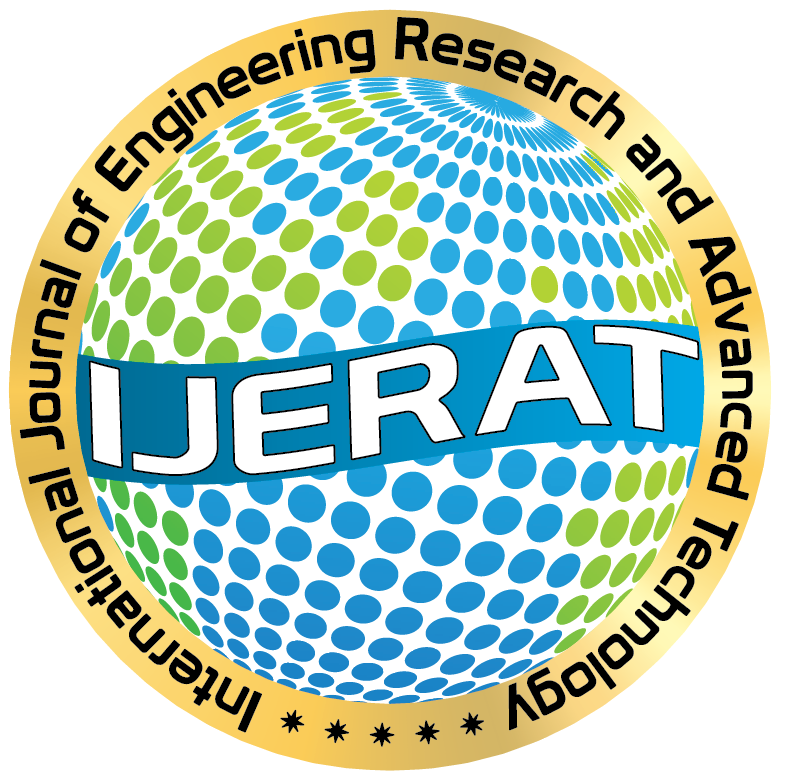Distributed Hydrological Model for an Ungauged Subcatchment Msa5 in Andhra Pradesh, India
Keywords:
Rainfall-runoff modeling, Ungauged subcatchments, Distributed hydrological models, Geographic Information Systems and NRCS-CN-GIS Model.Abstract
Rainfall and runoff producing mechanisms are not only stochastic but are also spatially variable. But unfortunately, many hydrological models do not account for this spatial variability of watersheds and instead use lumped or spatially averaged parameters. Recent advances in Geographic Information Systems have made it possible to account for this spatial variability of hydrological parameters, thus enabling the invention and application of distributed models which are superior to the conventional approaches. The major problem in the assessment of relationships between rainfall and runoff occurs when a study is carried out in ungauged subcatchments in the absence of observed stream flow data. This study aims to evaluate the applicability of Natural Resources Conservation Service-Curve Number (NRCS-CN) method together with GIS in estimating the runoff in an ungauged subcatchments. The study was carried out in the semi-arid Msa5 subcatchments of Musi river which lies within the geographical coordinates of 15o33’ and 15o46’ North latitudes and 79o 17’ and 79o33’ East longitudes in the state of Andhra Pradesh, India. The land use/land cover, soils, hydrologic soil groups and curve number maps were prepared using standard GIS techniques. Runoff was computed for a selected rainfall event using NRCS-CN equations and was mapped using GIS. The study ultimately leads to the development of a distributed hydrological model referred to as NRCS-CN-GIS model. Depending up on the accuracy of the results obtained, it can be suggested to apply the model to other subcatchments in the region.








